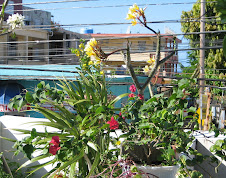'Turf Management Handbook,' by Charles B. Schroeder and Howard B. Sprague could not be more boring and dull. Even if the information is useful the photos and format lack imagination.
If you are the type of inquisitive gardener/person, you could not help but wonder how much stupidity regarding, lawns, grass, turf , planting and management has dominated the whole world for the last 100 years.
Think of turf or lawns, playing fields and parks, golf courses, private residences all around you. I accept that some sports require/demand turf: baseball and cricket to name two. Besides that, I can not tolerate the waste of resources, energy and money required to keep up grass, unless by goats, sheep, cows or horses. Or perhaps a push mower.
Turf management involves growth, health, diseases, insects, shade, sun, heat, cold, soil acidity and liming, fertilizers, weeds, herbicides, insecticides, fungicides and irrigation. The majority of these activities require fossil fuels, gas/oil/diesel, propane or electricity. That means pollution and C02, ( Global warming comes to mind), smoke and the annoying irritating noise of trimmers, blowers and lawnmowers.
Is there something more senseless than using drinkable water to irrigate anything, grass on top of it? Imagine for one second the billions of gallons of water wasted in turf, golf courses around the world. In Nevada, USA, a desert, there are 35 golf courses! These are the people, crying wolf for lacking water for development. Now they are trying to divert/rob water from the environment and communities one, two hundred miles away to waste in residential turf, new housing projects.
The opposite of turf, weeds are often seen as a hindrance rather than enhancing. Weed are defined in this context most of the time. A nuisance, unsightly and unwanted. I have embraced some in my collection for their beauty, being uncommon or rare, in the garden, aesthetics. But also for pragmatic reasons, since I keep the connection between fauna/flora when I plant.
Many, lots of creatures depend on weeds. They provide food, shelter and protection to many species, besides protecting the soil against erosion. Some weeds grow in the most unimaginable places, including cracks in concrete, rocks, asphalt.. There are seeds
and grasses for everyone. Is there anything more attractive, stimulating than watching a bird balancing on tall weeds against the wind to grasp some seeds?
WEEDS IN ME GARDEN
Commelina elegans
with elegant intense
blue indigo flowers,
a favorite of chickens
and rabbitts
Datura stramonium
Jathropha gossypifolia
Merremia quinquefolia
Clitorea ternatea
Trimezia caribea
Urena lobata
Dipterantun prostratus with one
of the most attractive pure white flowers in the Caribbean wild.
I learned the botanical name from a fellow blogger in India,
'In art lies my life'
who happens to own similar plants in his collection.
I have also a light purple variety. Discovered while
taking Diva, our pet in residence to her fetch training.
These plants have a funny habit for self seeding.
In the afternoons, when I irrigate the collection I can
hear them popping, cracking open, when the water
hit the seeds, a real trip.
Enhance your garden. I have vines, trees/bushes, plants and climbers
Embrace the weeds...Time to go...


















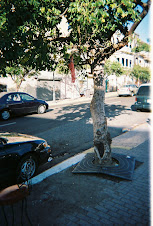-25.jpg)
-24.jpg)
























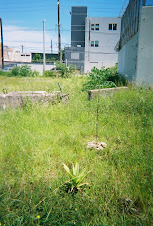




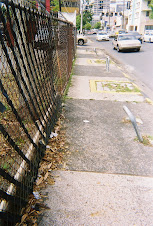
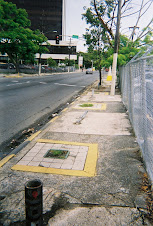
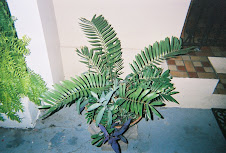




-22.jpg)
-25.jpg)
-24.jpg)






-16.jpg)
-13.jpg)
-08.jpg)
































